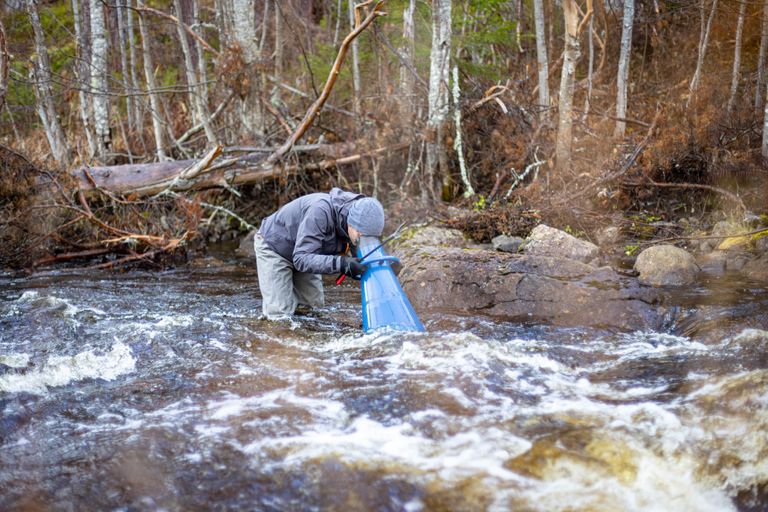Wetland restoration in Klevberget
In connection with OX2’s construction of the Klevberget wind farm in Ånge municipality in Sweden, OX2 has taken the initiative to increase the biodiversity by re-establishing the freshwater pearl mussel.

During the feasibility study for OX2’s project in Klevberget, it was discovered that there is an opportunity to improve the habitat in the Alderängesån river by re-establishing the freshwater pearl mussel. The initiative aims to promote the biodiversity within the Alderängesån’s catchment area. In the long term, the measures will help to strengthen the freshwater pearl mussel population.
Better conditions for the freshwater pearl mussel may also lead to an improvement for other aquatic organisms in the Alderängesån, such as the red listed scapania liverwort.
Threatened species
The freshwater pearl mussel has declined sharply in terms of both distribution and population and today is a threatened species. The freshwater pearl mussel is a species that indicates good water quality and high diversity of other aquatic species.
An information and visitor site will be created to provide details of the measures implemented. Here, visitors will be provided with general information about environmental considerations when establishing wind farms, along with a description of the anticipated effects of the measures in the Alderängesån river.
Cooperation vital for increasing biodiversity
OX2 and Sportfiskarna have initiated the project together and been granted LONA funding from the Swedish Environmental Protection Agency. SCA is co-financing the project and providing land for wetland restoration.
Clear goals and specific measures:
- The aim of the project is to re-establish the freshwater pearl mussel in the Alderängesån river through habitat measures.
- The habitat will be improved by restoring the river following previous clearing.
- The number of freshwater pearl mussels will be counted before and after the measures are implemented.
- The number of trout should increase at the electrofishing sites that will be monitored as part of the project.
- The proportion of deadwood should increase to the benefit of scapania and other wood-dwelling lichen.
- Biotope management should increase the wetland area.

